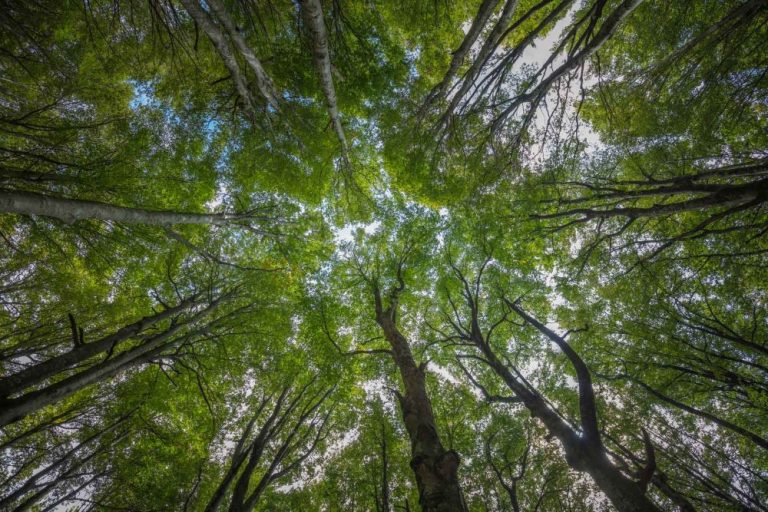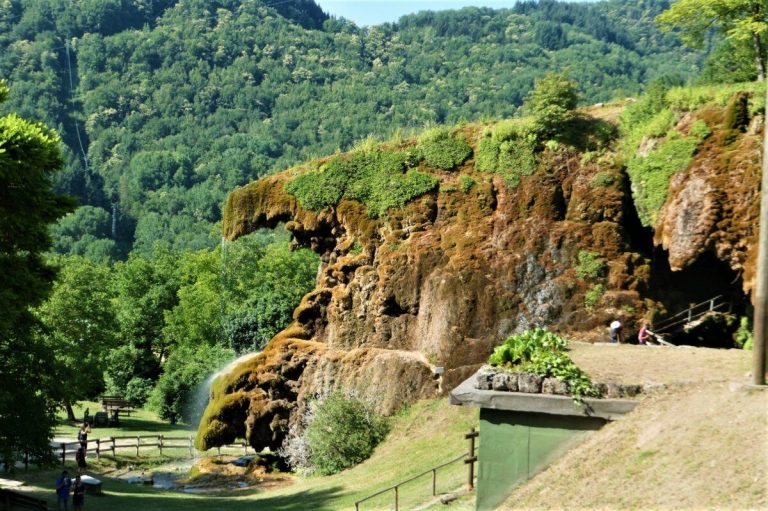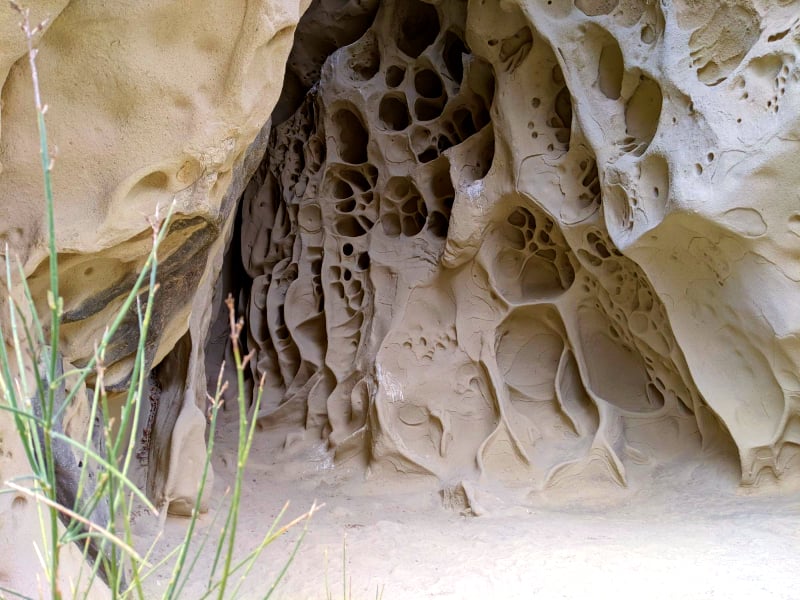Since the year of their foundation in 1967, the aim of the WWF Oases in Italy has been to safeguard natural areas of special interest in our country, preserving their biodiversity and raising awareness among visitors through various types of events.
In other words, the WWF’s are protected natural areas – parks, reserves, special conservation areas – where the environment, flora and fauna play such an important role that they require special care.
Today, there are over 100 WWF oases in Italy, 10 of which are located in Emilia-Romagna, widely spread between the provinces of Parma and Rimini. Let’s find out more about them and the opportunities they offer to their visitors.
Ghirardi Oasis
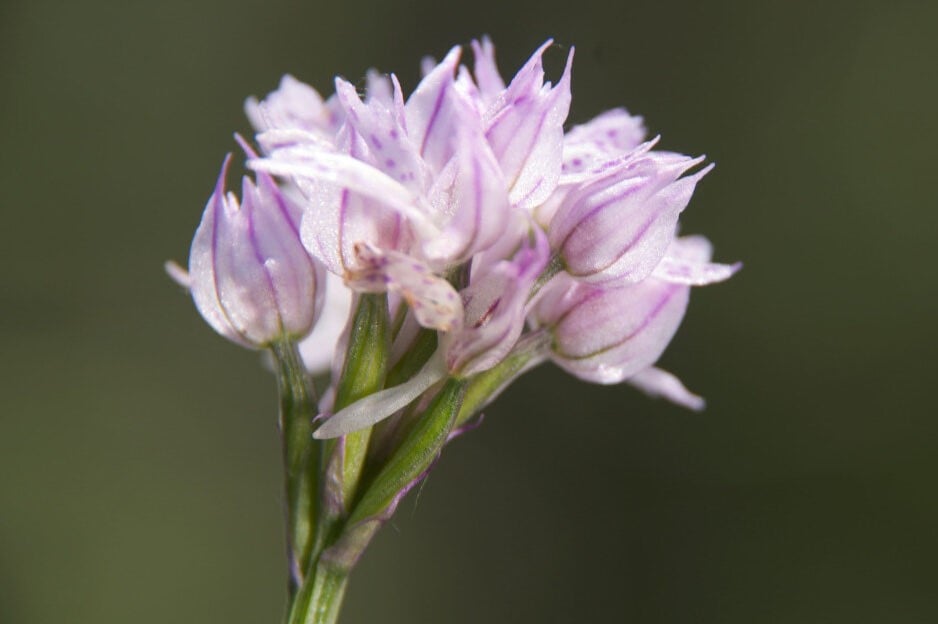
The Ghirardi Oasis stretches over 600 hectares between the villages of Borgo Val di Taro and Albareto, south-west of Parma. A regional reserve and wildlife oasis, Ghirardi lies on the foothills of the Parma Apennines and includes woods, meadows, pastures, gullies, bodies of water and streams, where the typical species of the continental climate mix with those of the Mediterranean area.
An oasis of biodiversity, Ghirardi is home to 33 different types of wild orchids and more than 550 plant species, as well as a large group of fallow deer, deer and roe deer, endangered birds such as the honey buzzard and the shrike, wolves and little-known breeds of horses and cows.
Visitors can take one of the trails that criss-cross it, including the Botanical Nature Trail, watch the birds inside the equipped hut or have a picnic by the Case Pradelle Visitor Centre.
Cronovilla Nature Reserve
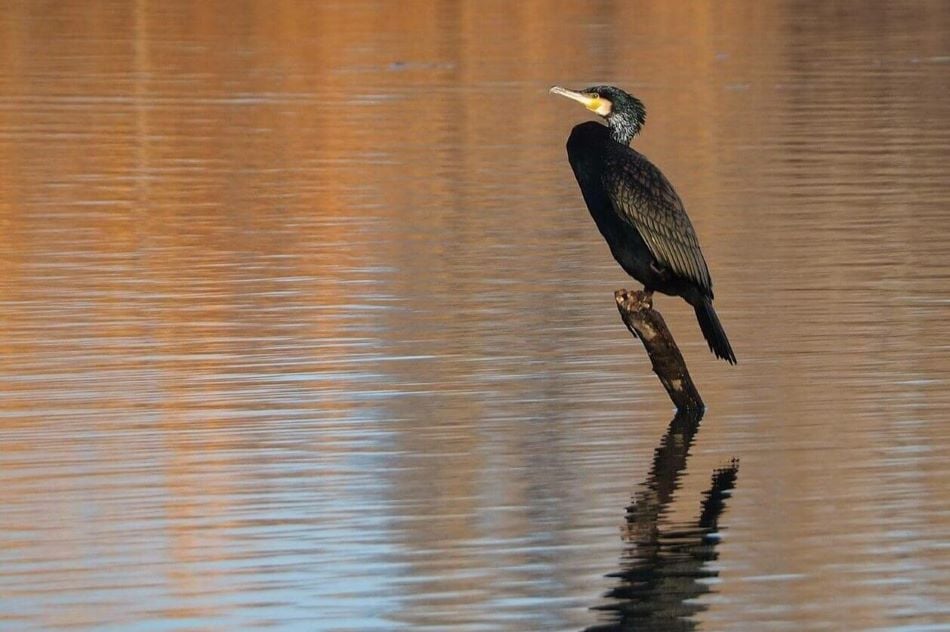
There is another oasis in the area of Parma, managed by the municipality of Traversetolo and WWF volunteers. Compared to the Gherardi Oasis, we are located in a foothill area closer to the city, the site of former gravel quarries.
The Cronovilla Nature Reserve is the result of a renaturation process, that is, the restoration of the original state of a natural environment transformed by man, in this case located along the left bank of the Enza Stream.
Given its location, the Cronovilla oasis is a perfect example of a riverine environment, characterized by shrubs, riparian forests and dry grasslands. It is an ideal habitat for the many bird species that inhabit it – there are more than 190 – such as kingfishers, grey herons, egrets and bee-eaters, and of course amphibians.
Access to the nature area is free on the marked trails, which can be traveled on foot, by bicycle and on horseback.
Oasis of Marmirolo
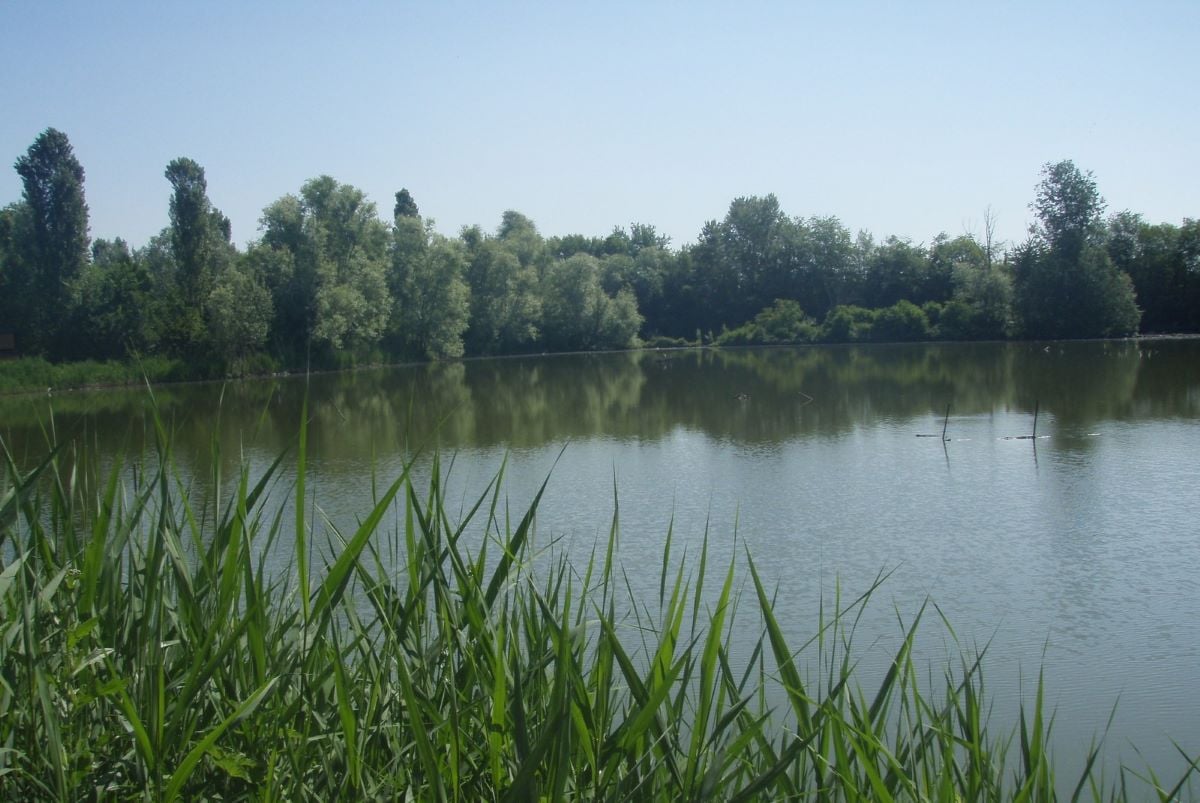
In the place of a former reservoir used for clay extraction, we now find a Special Area of Conservation, as well as a WWF oasis. The Marmirolo Oasis, in the municipality of Reggio Emilia, is an aquatic environment characterized by the presence of numerous species of birds, which have made it a breeding, nesting and stopover place during migration.
Overlooking the observation huts you can admire waterfowl such as ducks and herons, as well as birds of prey such as buzzards and sparrowhawks and the ever-present amphibians. Access to the oasis is free, but you should always check opening hours before setting out.
Sassoguidano Oasis
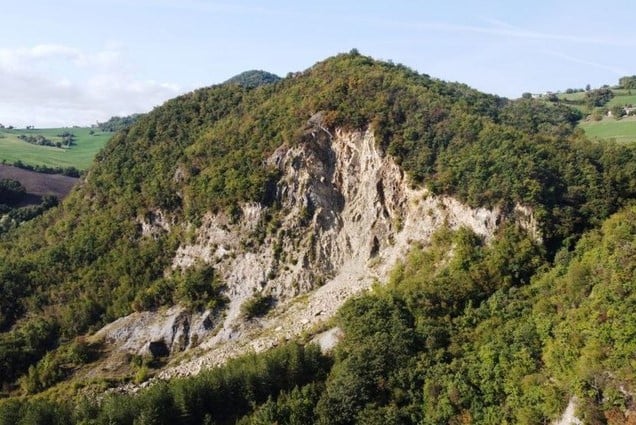
The small Oasis of Sassoguidano (0.3 hectares) is part of the much larger Sassoguidano Nature Reserve (280 hectares), a Special Area of Conservation and Special Protection that extends over a plateau in the middle valley of the Panaro River, not far from Pavullo nel Frignano (Modena).
An integral natural reserve, the oasis embraces a karst meadow-grassland located within a forest as well as a part of a pond, called Sassomassiccio, which is home to numerous amphibians: tree frogs, newts, green frogs, toads and other species. Witnessing the exceptional conservation status of the area is the presence of the rare water violet or Hottonia palustris.
The oasis can be visited by walking along the network of trails within the reserve.
Oasis of Montovolo
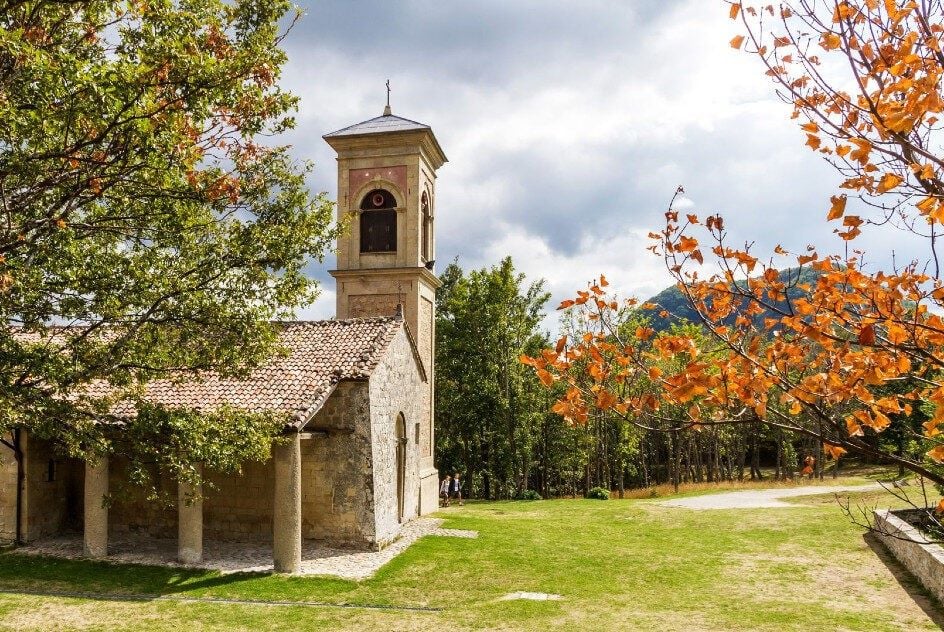
Entering the province of Bologna we come across as many as 4 oases. The largest one is that of Montovolo, located in the town of Grizzana Morandi, a place where the famous painter Giorgio Morandi used to spend his summer and home to the Rocchetta Mattei.
Protected by the mountains of the Bolognese Apennines, the WWF Oasis of Montovolo is also part of a Special Area of Conservation and Special Protection, but unlike the previous ones it was acquired by the WWF, which runs it thanks to its volunteers network.
The oasis is characterized by the presence of dense forests overlooking a sandstone wall and including various tree species such as linden, beech, downy oak and maple trees, to name a few. Wildlife includes nocturnal and diurnal raptors like the golden eagle, mammals such as deer, fallow deer and wolves, and amphibians such as the Apennine geotriton. To visit the oasis, you need to contact the local WWF directly.
Belpoggio Park
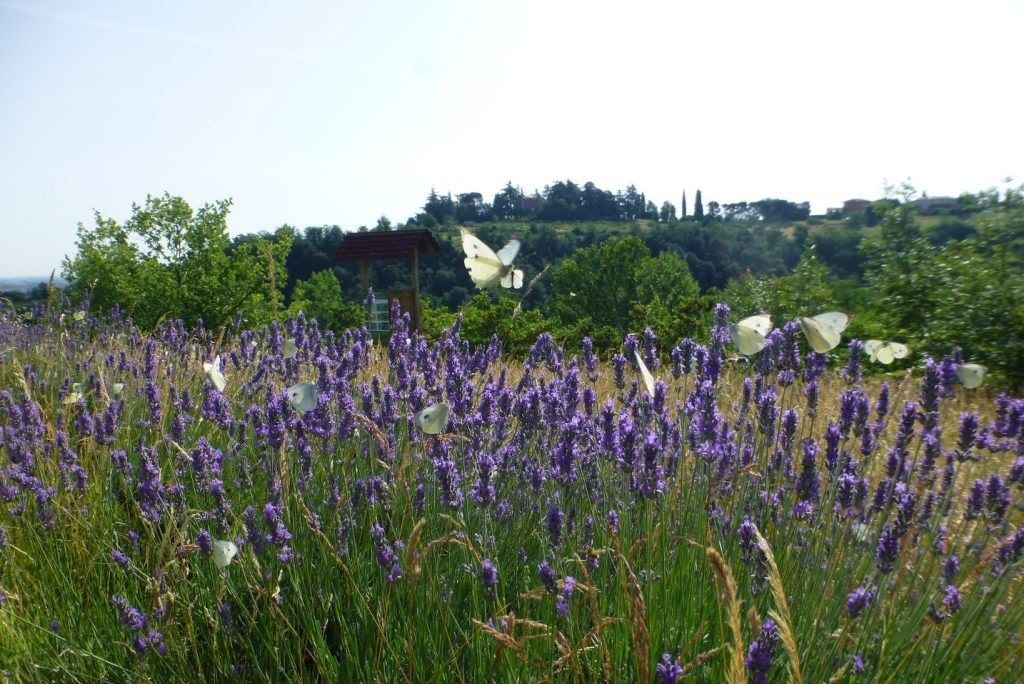
Managed by WWF Bologna and boasting a rich biodiversity, the Belpoggio Park in San Lazzaro di Savena aims at sheltering and protecting the invaluable pollinating insects. Located on the outskirts of the city, in a hilly area, this oasis includes a number of small houses called “bees hotels,” which offer shelter to pollinator hymenoptera, a butterfly garden, as well as three ponds.
Set within the Parco Regionale dei Gessi Bolognesi e dei Calanchi dell’Abbadessa, Belpoggio Park can be visited freely.
Parco dei Cedri
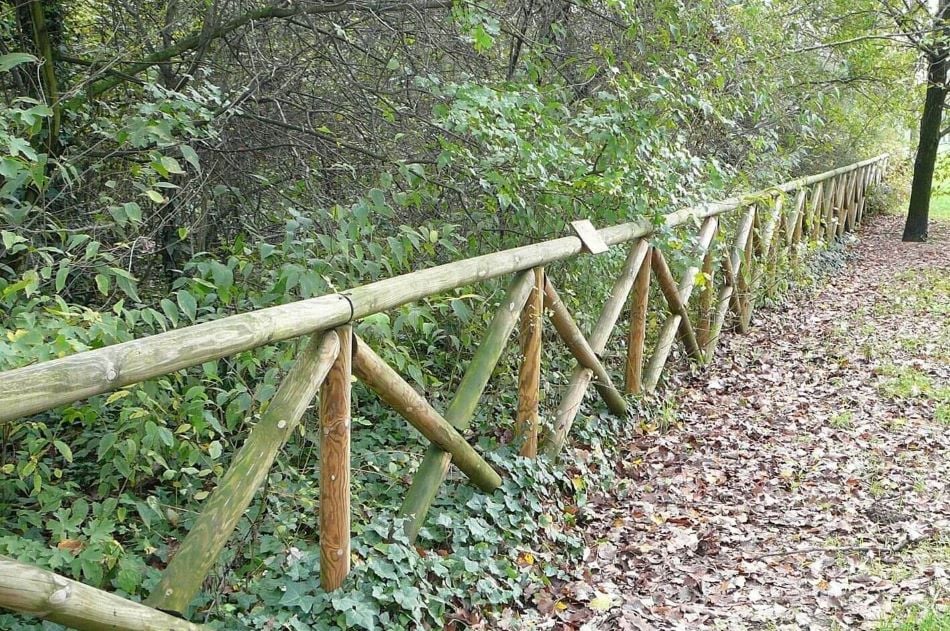
Located within the Parco dei Cedri park in San Lazzaro di Savena – a true green lung close to Bologna – is a small urban oasis of 1,500 m² set along the Savena River and included in the framework of the extensive Parco Regionale dei Gessi Bolognesi.
The oasis is again managed by the WWF, which in 1989 wanted to carry out an experiment: sowing some trees and shrubs in a quadrangle of land and letting nature take its course. The result is a wonderful natural environment that, although fenced in, remains visible along its perimeter.
Molino Grande River Oasis
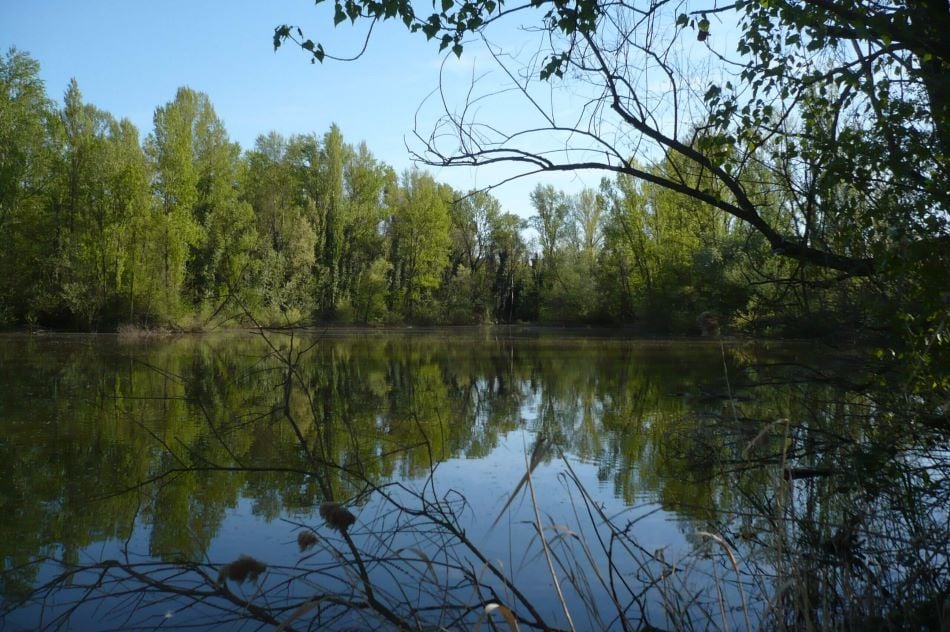
The first WWF oasis of the Bologna section was created in the area of San Lazzaro di Savena, specifically in the hamlet of Idice. It is the Molino Grande River Oasis, a protected area within the Parco Regionale dei Gessi Bolognesi park named after an old mill now in ruins, which embraces a small riparian forest along the Idice stream, a small lake and a wetland that can be visited by reservation.
The typical vegetation of riverine areas has been left free to grow in the oasis for more than 20 years and now features a wide variety of poplars, willows, maples and downy oaks, to name but a few. The oasis also provides shelter for many species of birds such as the bee-eater, mouse and kingfisher.
Garzaia Oasis in Codigoro
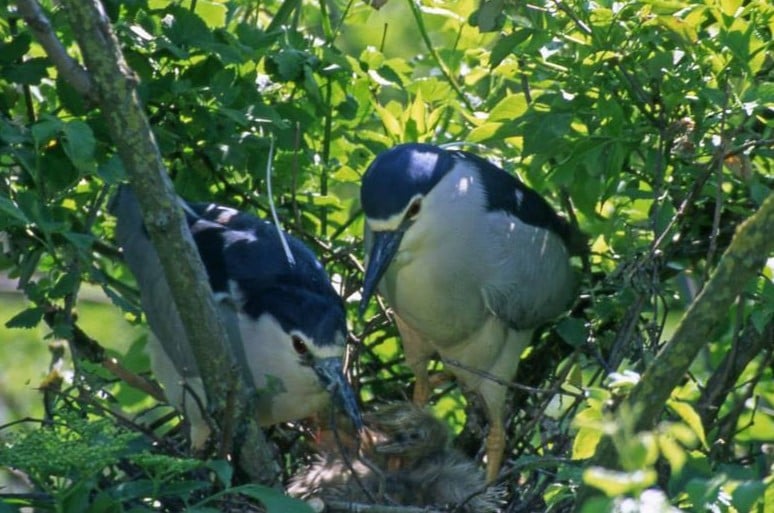
The Garzaia di Codigoro, in the province of Ferrara is another example of the renaturation of an industrial environment. In 1986, a natural oasis was created on the premises of the former Eridania sugar factory – the first sugar plant in Italy – that is now part of both the Natura 2000 Network and Birds Protection Zones.
Also known as the City of Herons, stretching over an area of about 8 hectares, the Garzaia is home to a multitude of ardeidae species: great white, grey, red and red-crowned herons, egrets and warblers are at home in this oasis. The presence of a grove of wild pronghorns, elderberries, locust trees and poplars provides an ideal habitat for their nesting, as do the settling tanks of the former sugar factory.
The Garzaia features a visitor centre and organizes guided tours and activities for adults and children alike.
Gregorina Oasis
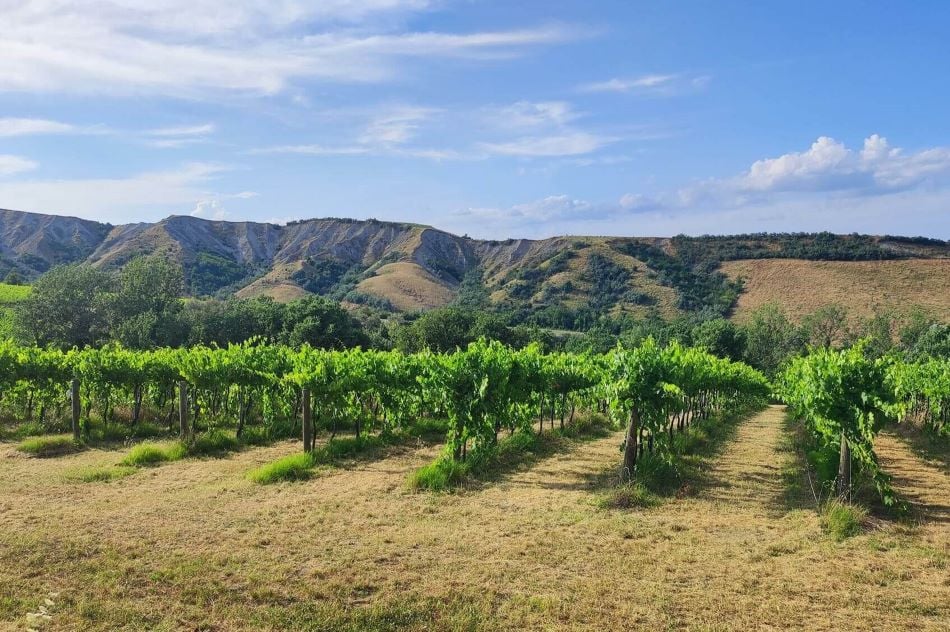
Nestled in the Tuscan-Romagna Apennines, the Gregorina Oasis is part of the estate of the same name owned by Generali Group in the area of Castrocaro Terme and Terra del Sole (Forlì), and can be visited during special events.
The oasis stands out for its remarkable biodiversity as well as for its agricultural and organic vocation, aimed at the use of natural products. Its lands are dotted with vineyards and fields sown with floral plants, which provide the ideal habitat for pollinating insects and ensure the production of wildflower honey.
Oasis of Ca' Brigida
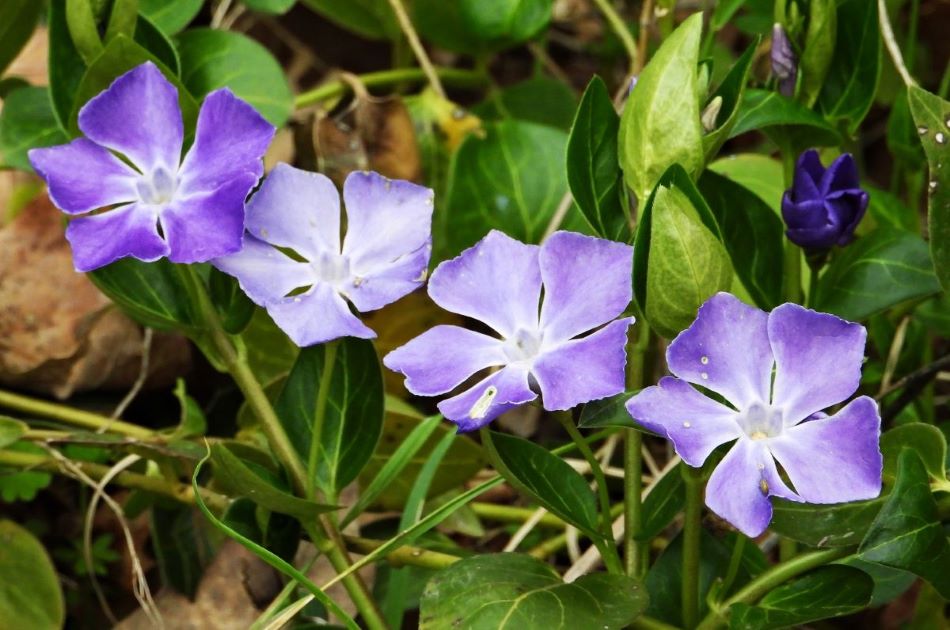
For the tenth and last WWF Oasis in Emilia-Romagna, let’s head to the Rimini hills, in the town of Verucchio. Crossed for a good stretch by the Rio Felisina, this natural area can be visited independently along two marked trails.
While exploring it, one can observe various environments such as woods, cultivated and uncultivated fields, springs and even traces of ancient Villanovan civilization settlements, as well as a farmhouse – Ca’ Brigida precisely – whose park is home to some exotic plants.
Flora and fauna are particularly rich and varied in this oasis. The vegetation includes trees such as black poplar, white willow and hazel, and herbs such as milk thistle, goldenrod, cornflower and wild orchids. Birds inhabiting the oasis include woodpeckers, hoopoes and wrynecks, while mammals range from wolves, deer, porcupines, badgers to pine martens.
Author

Maria Grazia Masotti
An eternal dreamer, but I try to stay grounded. I was raised in the countryside but I love big cities. I’m always ready for a trip, as long as it’s sustainable.
You may also like
The Caves of Soprasasso, Marvel of the Bolognese Apennines
by Maria Grazia Masotti /// April 3, 2024

Interested in our newsletter?
Every first of the month, an email (in Italian) with selected contents and upcoming events.
